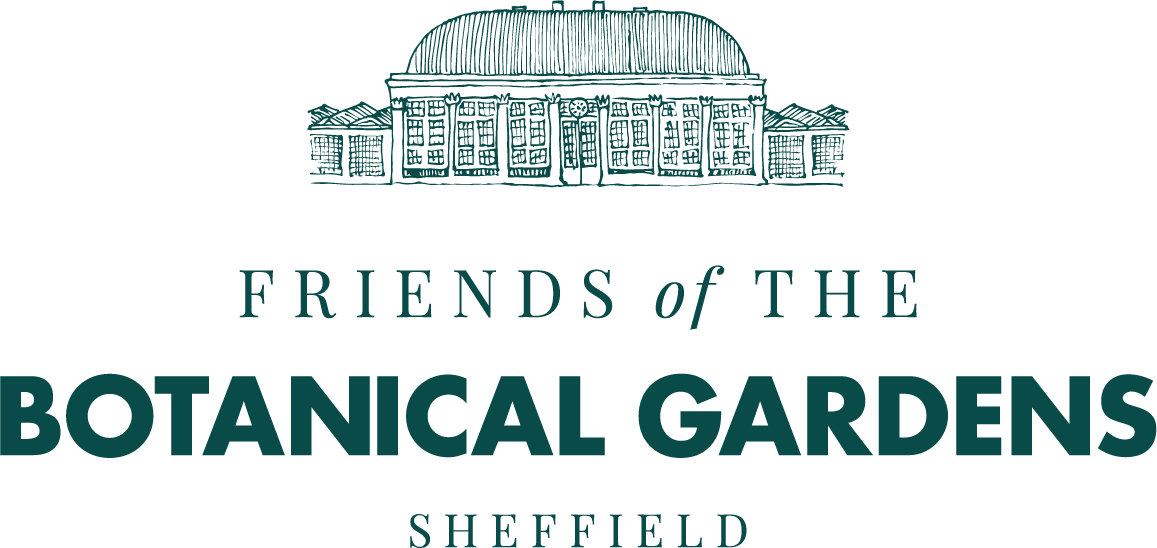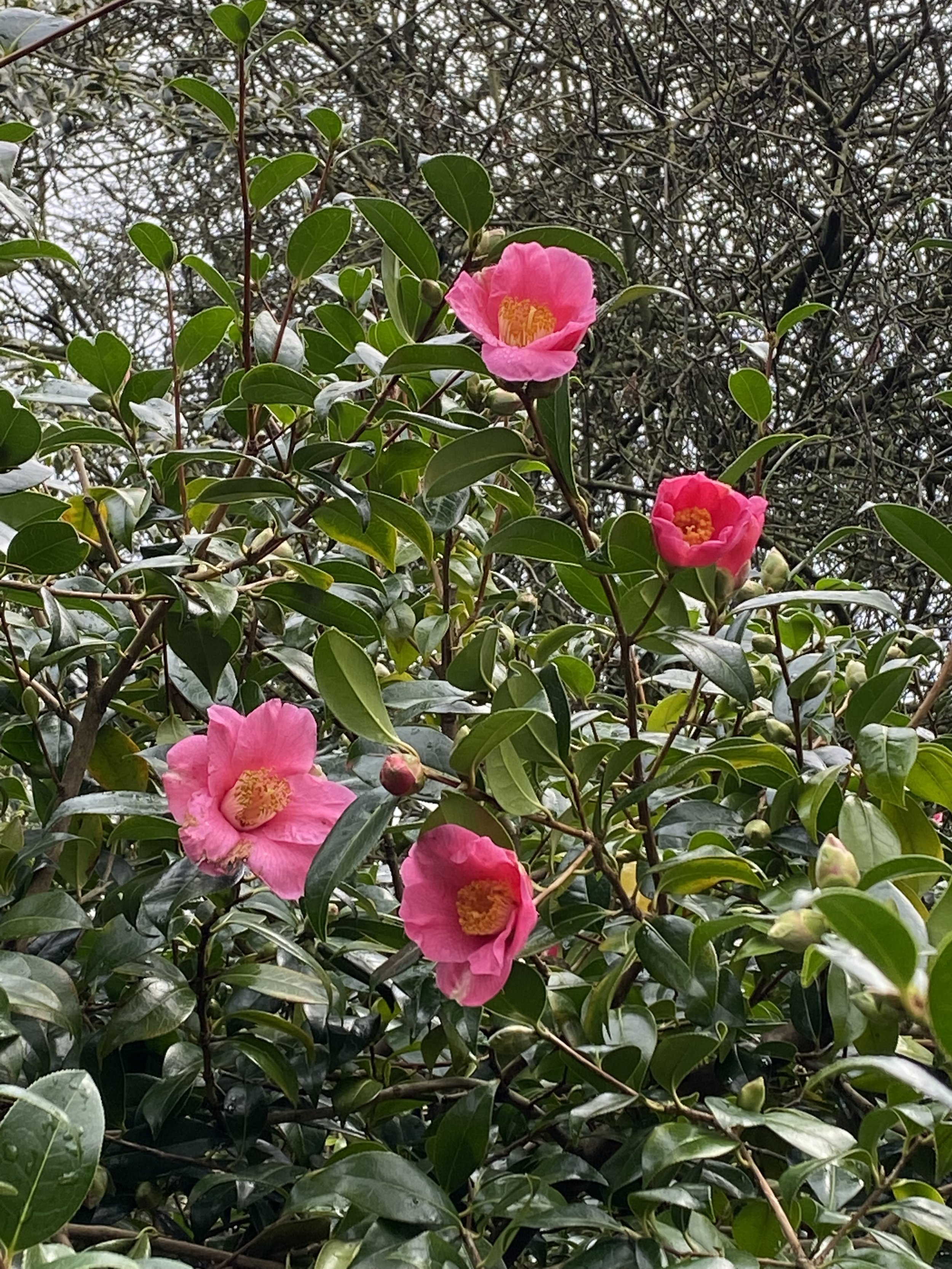CAMELLIA X WILLIAMSII ‘ST. EWE’
When camellias were first introduced to these islands they were always grown under glass, and large glasshouses and conservatories known as Camellia houses were built to house them. The first introductions arrived about the beginning of the eighteenth century imported from China. Camellia shrubs and trees are found in the east and south east of Asia, concentrated in South China and Japan.
It was not until the early 20th century that it was realised that the camellias were not only hardy, but among the hardiest of all the evergreens. In Cornwall, where the climate is much milder, they grew well on the large estates. In the 1940s the notable hybridist, J. C. Williams of Caerhays, Cornwall, crossed Camellia japonica and Camellia saluenensis. One of the first plants raised at Caerhays was Camellia ‘St. Ewe’ (named after a village in Cornwall). This is one of the earliest camellias to flower and the first blooms can often be seen early in January.
From that time, many hardy and beautiful, free-flowering plants have been raised, and there are few gardens without a camellia. They give all year round interest with their glossy, dark green leaves, and long lasting blooms through the spring. Many camellias can be seen in the Botanical Gardens, with the first more tender varieties seen flowering in the Pavilions. The ‘St. Ewe’ camellia can be found at the top of the Asian Border (area N on the downloadable map)
Camellia houses can be found locally at Wentworth Woodhouse, where some of the very oldest varieties have been discovered, and also at Bretton Hall, now the Yorkshire Sculpture Park near Wakefield.


